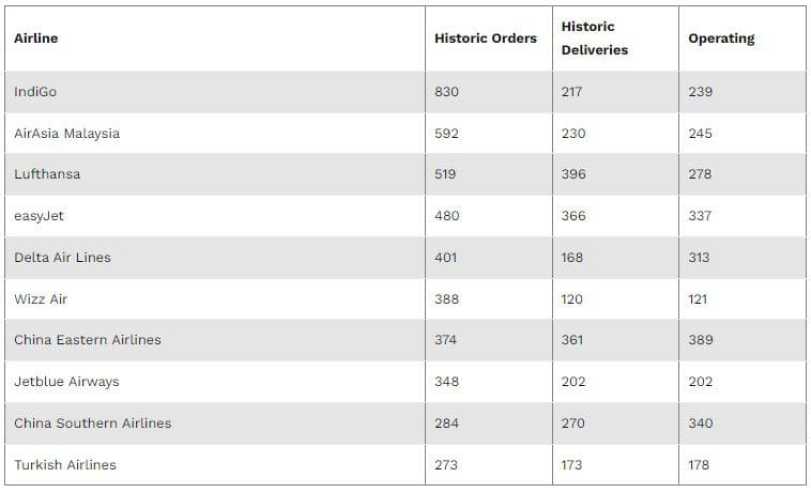As much as we love to travel, we’re well aware of the impacts that travel can have. Especially when we think about flying, which is almost always a component of our travel. Today’s aircraft are incredible when it comes to how far they can fly. For example, a Boeing 777-300ER has a full fuel capacity of 47,890 gallons and burns fuel at the rate of roughly 2,500 gallons per hour (depending on the conditions, such as winds aloft and takeoff weight). The Boeing 777-300ER usually takes 8 hours to cover the journey. Thus, a typical flight from New York to London on the Boeing would then cost around $33,000 in fuel.
Most modern airlines are constantly looking for better ways to make travel faster, cheaper and cleaner. It’s in their best interest, as well as ours. Airbus (our favourite plane manufacturers) have proposed an interesting idea when it comes to streamlining – literally – flight with their `Fello’Fly’ Formation Flight Concept.
Inspired by the migration flight of geese, Airbus aims to use the energy of the predecessor to create lift for the successor aircraft. Airbus claims that a specialized V-shaped formation flight can reduce (for the follower aircraft) the fuel consumption by 5-10% during a long-haul flight. In addition, a measurable reduction in carbon emissions can be achieved.
Sounds promising, but it still needs to be proven. But, we’re with them 100%. Read more here courtesy of SimplyFlying.com
If you want to do your part, choose one of the airlines above who use Airbus.


We always take easyJet when we’re in Europe. Click here to save . . and save the planet.


Going further afield? Choose Lufthansa….for the planet, and for so many other reasons too. Click here.




